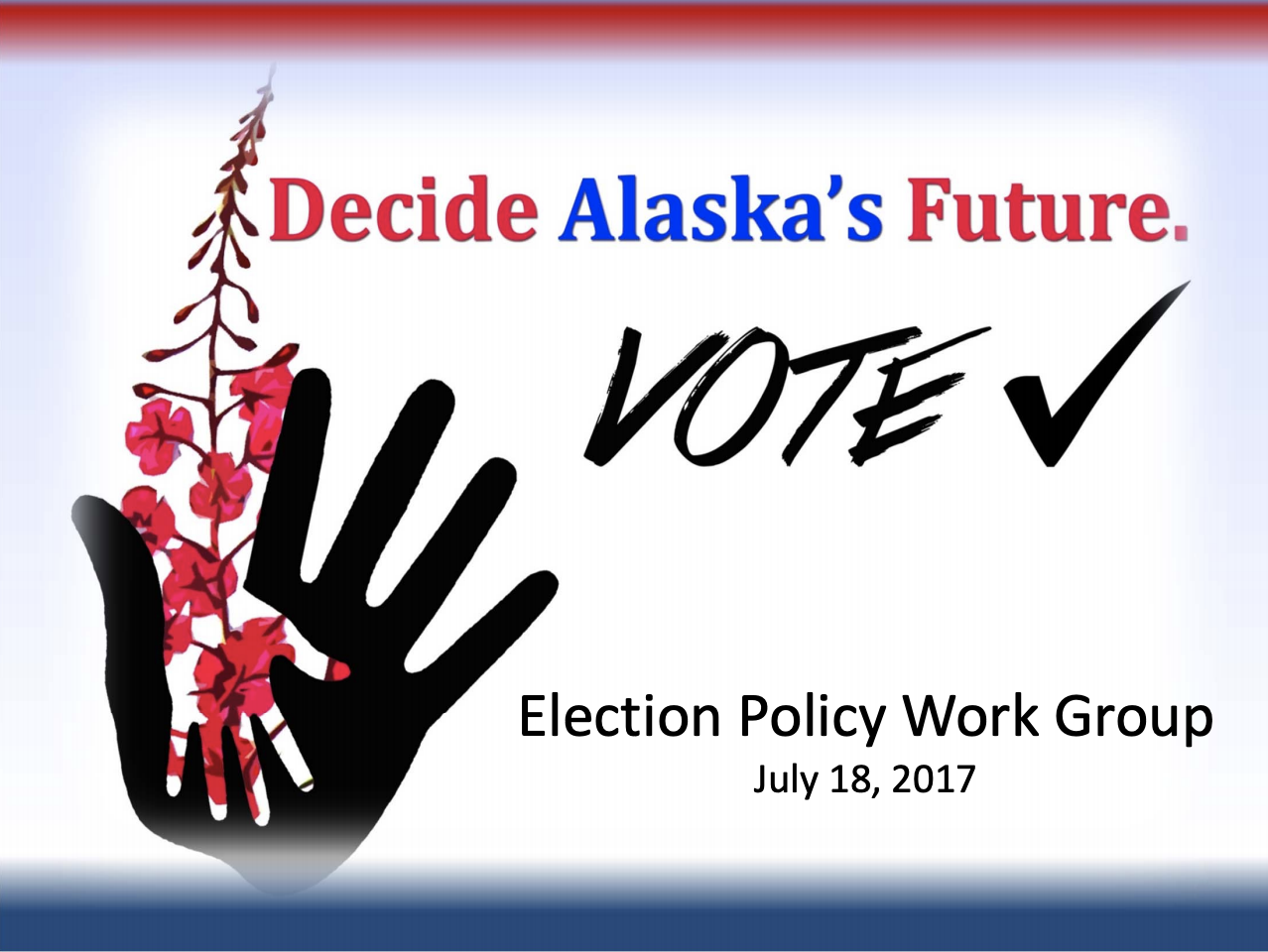This research examines the effects of vote-by-mail policies on ballot roll-off, or down-ballot voting. In examining data from Washington state, a state that first introduced no-excuse mail voting in the 1970s and gradually implemented vote-by-mail statewide, it appears voters who are given more time to study the candidates and issues are more knowledgeable and therefore have greater ballot completion rates (e.g. less ballot roll-off).








